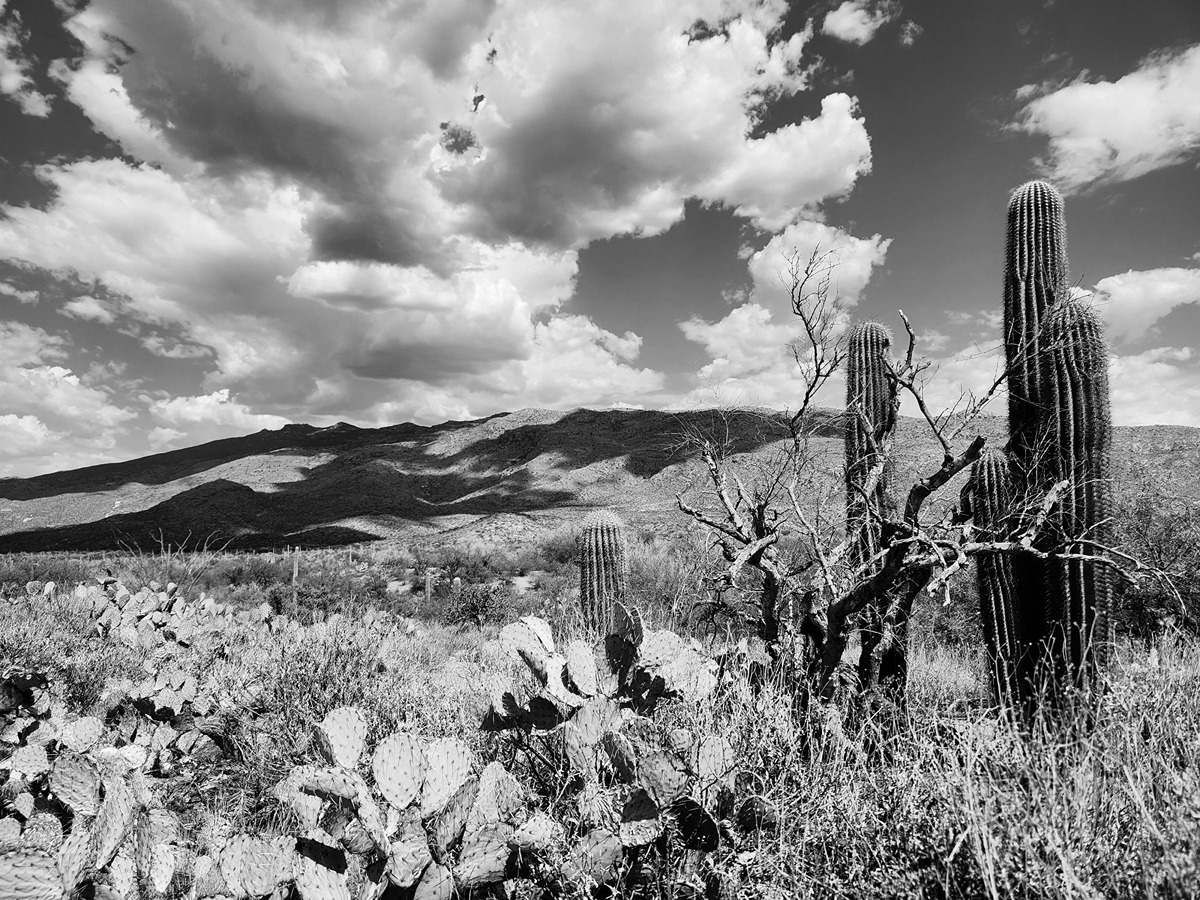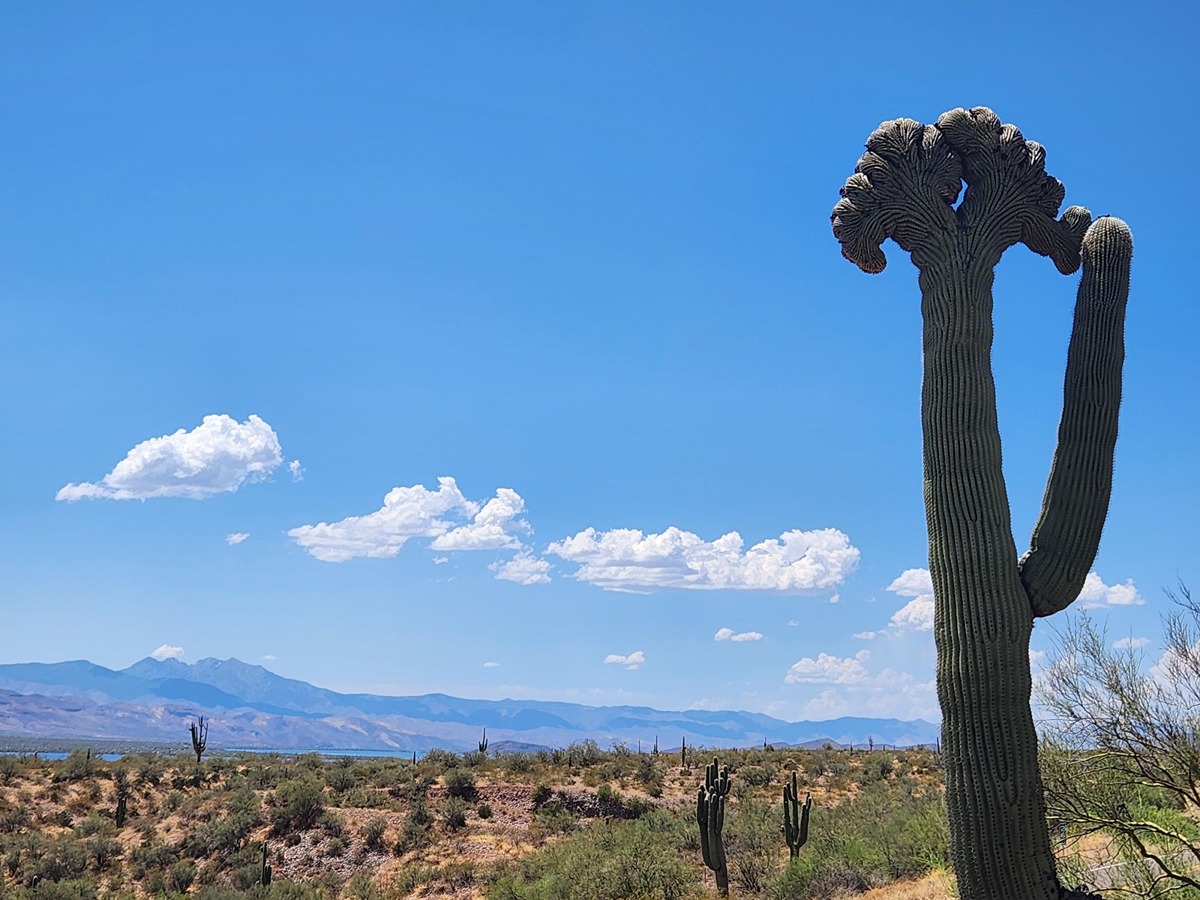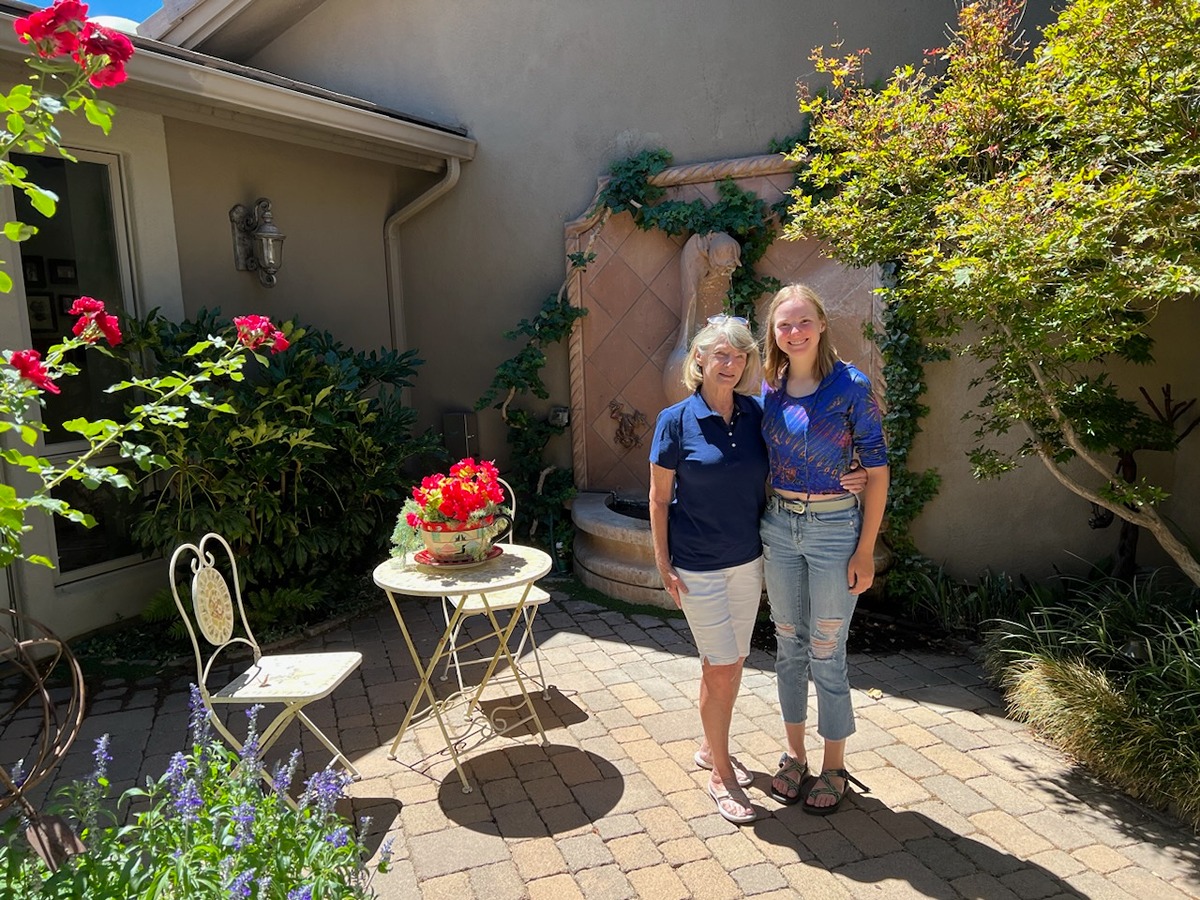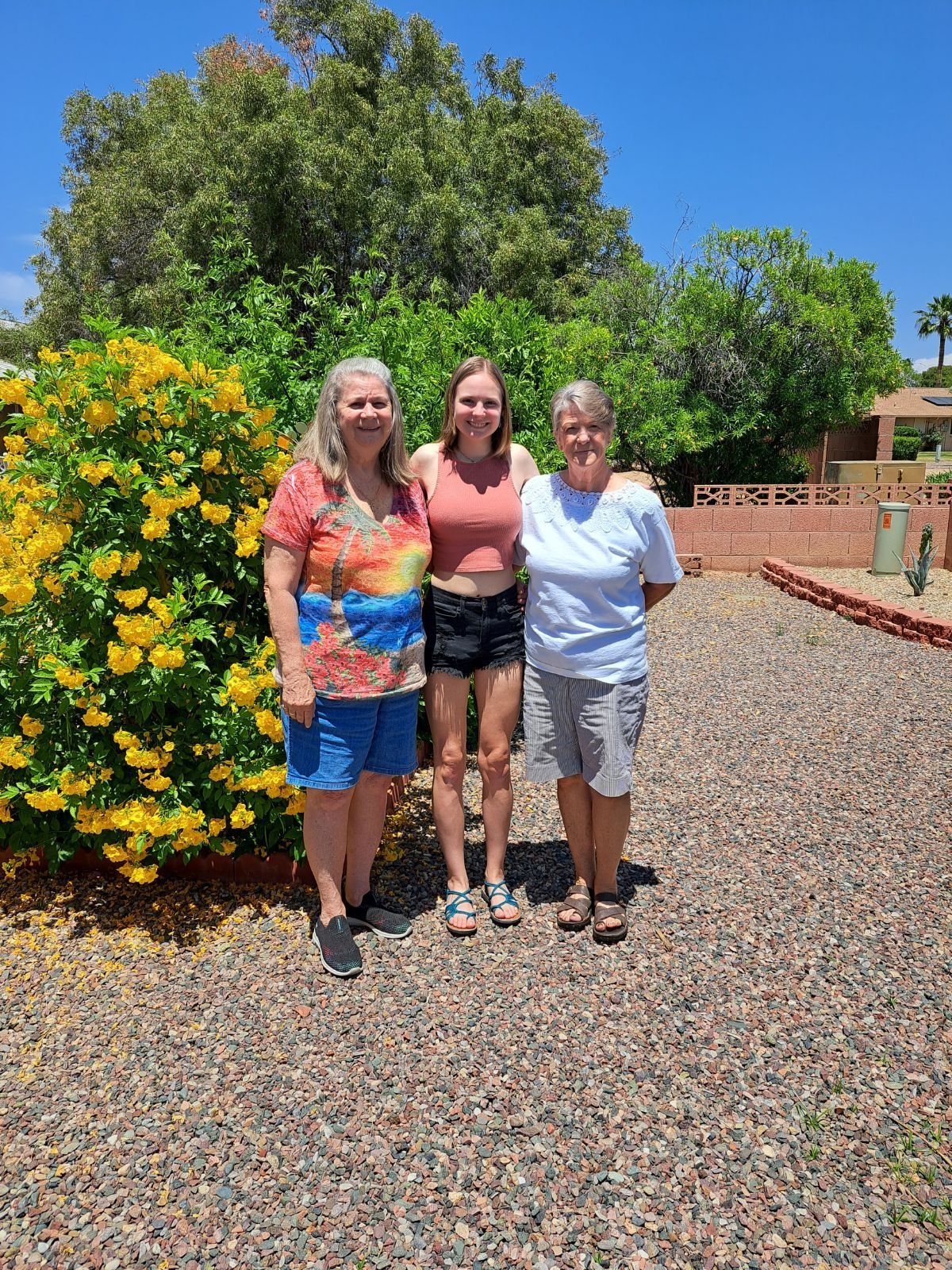Finding beauty in the mess—the perspective of a botany and art double major
A low, whirring hum fills your ears as you step into the building. As your eyes adjust to the lower light, you realize the sound is coming from a spinning pottery wheel. It’s missing a drip pan, and the clay-water has flung itself across the wall, the floor, a line of glazed and shining tea kettles and mugs, the tips of the shoes you're regretting wearing and every piece of white clothing adorning the young woman behind the wheel.
Julia Peterson, a senior with a double major in plant science and art, welcomes you without apologizing for the mess. She took the drip pan off for a reason, after all, and clay is easy enough to get out of clothes once it’s had a chance to dry. When complimented about her finished pottery lining the floor, she points down at the hunk of wet clay and explains that the beauty is all in the process.
She explains her mindset from the perspective of the other major: plant sciences. “Take a seed. It's a gross, little ugly thing. What's it going to do? Well, it will grow and flower, but people don't appreciate the before-stages. They don't appreciate the mess of it.”
- Julia Peterson, senior in plant science and art
Clay and seeds are far from the only connection of art and botany in Peterson’s life. Her passion for plants seeps into nearly every piece of her art. From silver rings shaped by fern fronds pulled from the greenhouse to 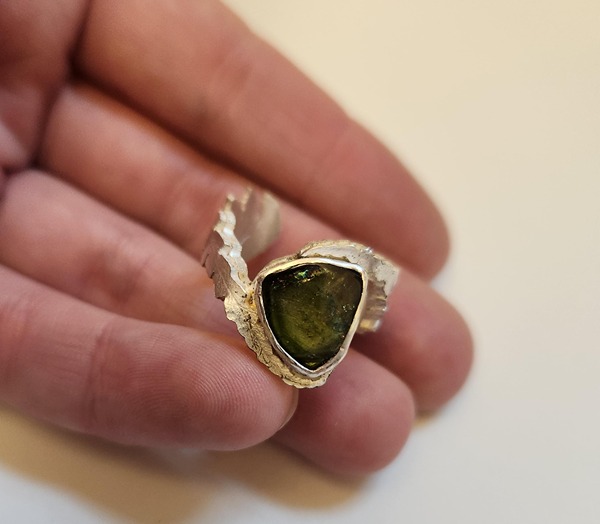 boxes decorated with soybean roots and oyster mushrooms from her microbiology course, Peterson adds her personality into her work by entwining it with nature.
boxes decorated with soybean roots and oyster mushrooms from her microbiology course, Peterson adds her personality into her work by entwining it with nature.
Peterson’s art studies impact her scientific pursuits, too, something easily seen by scrolling through her camera roll. Currently, it’s stocked with images from her internship in Arizona. Peterson joined the Arizona Conservation Corps (AZCC) as a Botany Technical Crew Leader in Payson. The AZCC is a contractor for the national Forest Service, and Peterson led a team through scotch pine woodlands and took surveys of the flora there. They tracked endangered and invasive plant species to inform the AZCC of where it was safe and most efficient to perform prescribed burns.
“It was such a unique opportunity to be in that environment all the time, camp out there and live out there outside in a tent four days a week,” Peterson shared. “Living through rain, through cold, through wind or the sweltering heat.”
Fieldwork in the desert wasn’t easy. Peterson and her team hiked 10 or more miles a day, mostly through rough terrain and up inclines. Luckily, she had some experience hiking in extreme weather conditions during the Purdue Outing Club Adventure Race (POCAR). Unlike the winter challenge in Indiana, however, the AZCC team had to set up camp away from sites with other people to avoid bears coming after their food. This left them vulnerable during emergencies. As the leader of the team, Peterson was challenged to find a pace that kept everyone together and calm under pressure.
When she wasn’t out in the wilderness of Arizona, Peterson spent her time hanging out with her great aunts who lived nearby. “I barely knew my three great aunts before, but I’d been told all my life that I was so much like them. ‘You like plants? That's like your aunt Christine.’ One of them is really interested in pottery like me, that’s my aunt Linda. My aunt Judy paints and works with the Forest Service.”
To give thanks to her aunts and take care of them while she was away, Peterson would bake them loaves of bread to eat throughout the week. Now, she’s turning those memories and that same bread into an art piece for her metalsmithing class that will reflect on her connection to her family out west. Her chainmail cape will include shoulder embellishments of items that remind her of them and other strong women in her family atop pieces of miniature, resin-encased bread slices.
Being a double major has meant adding extra credit hours and an extra semester, but, for Peterson, it was not only worth it, it was crucial. “It's possible to pursue your interests as well as your career. It's possible to combine them. It's given me so many more opportunities, and it's giving me time to think about what I want to do.”
Peterson is also involved in a graduate-level art class that has rented out the building 664 on Main Street, Lafayette to host their art show Disconnected on December 1st. You can visit and view the gallery for free on December 1 from 6:00 p.m. to 9:00 p.m. and December 2 from 5:00 p.m. to 8:00 p.m., and the group’s Instagram showcases all the beauty in their process.



